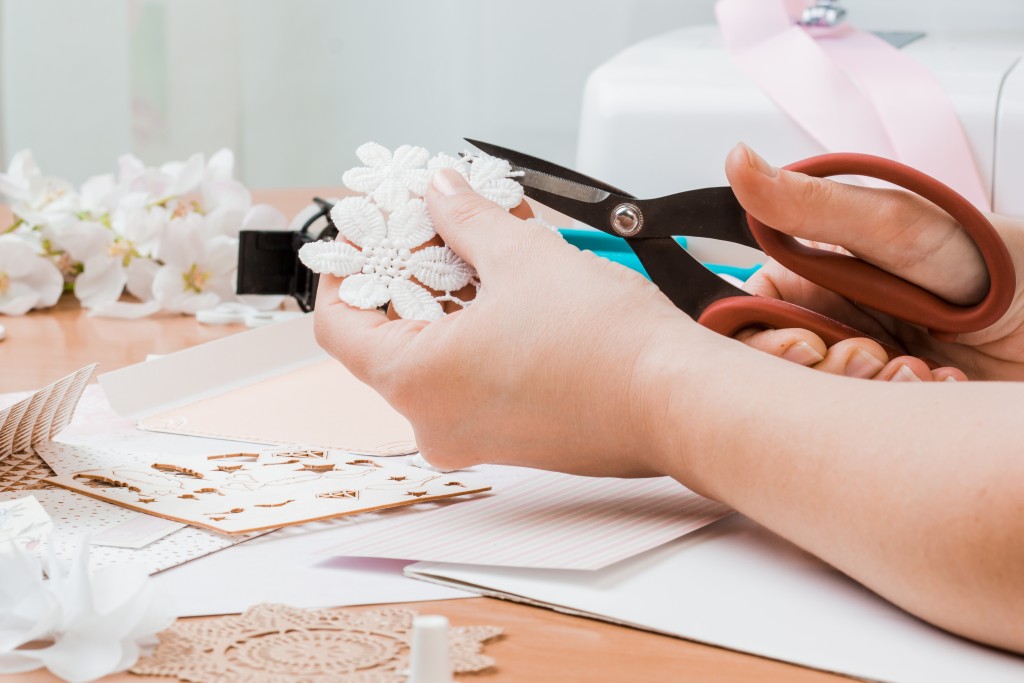Many adults today are seeking ways to disengage from technology and rediscover the joy of traditional craft skills. But as the world continues to become digital, new generations need to learn these skills as well. Here’s why teaching them to children as part of regular play activities can be the most effective way to do so.
Taking play seriously
We often refer to simple matters as “child’s play,” but the importance of play to a child’s development has far-reaching implications. It needs to be taken seriously. In a 2018 study by the American Academy of Pediatrics, play was shown to fuel better learning and shield children from stressful influences.
Children who play more can develop better cognitive, social, emotional, and language skills. And when parents engage their child in play, their back-and-forth interactions significantly strengthen the bond of their relationship.
When kids play, they gain a sense of agency. They are in control of the experience. As it takes place in a safe environment, they are free to explore and test the boundaries. These are the same qualities that foster innovation, which is so highly sought by today’s businesses.
All of these benefits are critical to a healthy, nurturing childhood, and they also set the stage for future success. Younger generations will be coming of age in a world where social and emotional resilience will prove essential. Collaboration, creativity, and problem-solving skills are already in demand in the modern information-driven economy.

Getting involved
Play deserves greater consideration and priority than it’s currently receiving among today’s families. And although some of a child’s playtime needs to be unstructured, playful interactions with adults facilitate the transfer of skills they might otherwise struggle to learn on their own.
This has been studied in psychology as the zone of proximal development. A learner’s path from unskilled to skilled will be made much easier with the guidance of a knowledgeable mentor. As the learner becomes more capable, the mentor’s support can be gradually withdrawn in a process known as scaffolding. They have gained enough competence to continue developing and finishing projects on their own.
As a parent who tackles DIY projects on the side, you might do a lot of work involving sharp tools or hazardous substances. If you have an art studio within your home or a craft workshop in your shed, you’ve probably declared the place off-limits to your child. It’s for their safety, after all. But you might be missing an excellent opportunity to pass on useful skills and empower your child.
A skill such as woodworking, for instance, can be safely taught to preschoolers with your careful supervision. You can introduce them one at a time to basic tools such as a saw, hammer, nails, and pliers. This way, you can make sure that they are observing proper safety measures as they learn the fundamentals of the skill.
Even if your child doesn’t become an advanced woodworker, these lessons will be valuable. The open-ended nature of woodworking encourages them to be creative while they get plenty of opportunities to exercise and develop hand-eye coordination. Later on, they can leave large-scale work to the hardwood flooring contractor and still be able to tackle a variety of personal DIY jobs.
Maintaining balance
Many of the skills we learn as part of engaging in DIY activities were once widely taught as life skills. As our lives shift ever closer towards technology, you can expect the education system to adjust accordingly. Children will be taught more technology-based competencies starting at an early age. Even as we must take measures to limit their screen time, it’s essential to balance this out with traditional skills and learning.
From a career perspective, most people don’t need to know how to sew, paint, tend to plants, or make their own cups and chairs. It’s certainly nice to have a craft that can turn into a business idea or prove useful around the house. More importantly, though, learning these crafts teaches children to be careful and mindful of what they do, and to give their best effort.
The job of passing on life skills will increasingly fall on our shoulders as parents. And craft skills are a significant part of this informal knowledge that we must somehow impart to the next generation. Don’t leave this knowledge transfer in the hands of someone posting a YouTube tutorial. Use their structured playtime to introduce them to your craft skills within a safe learning environment, and give them the confidence to face the future.


